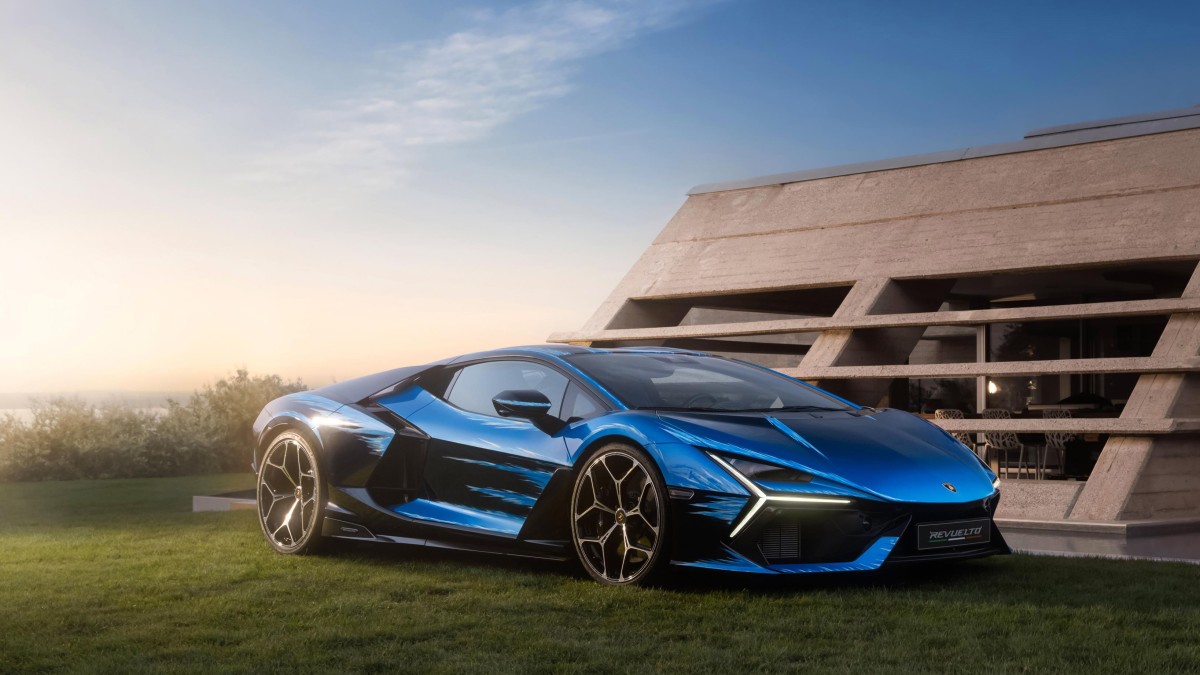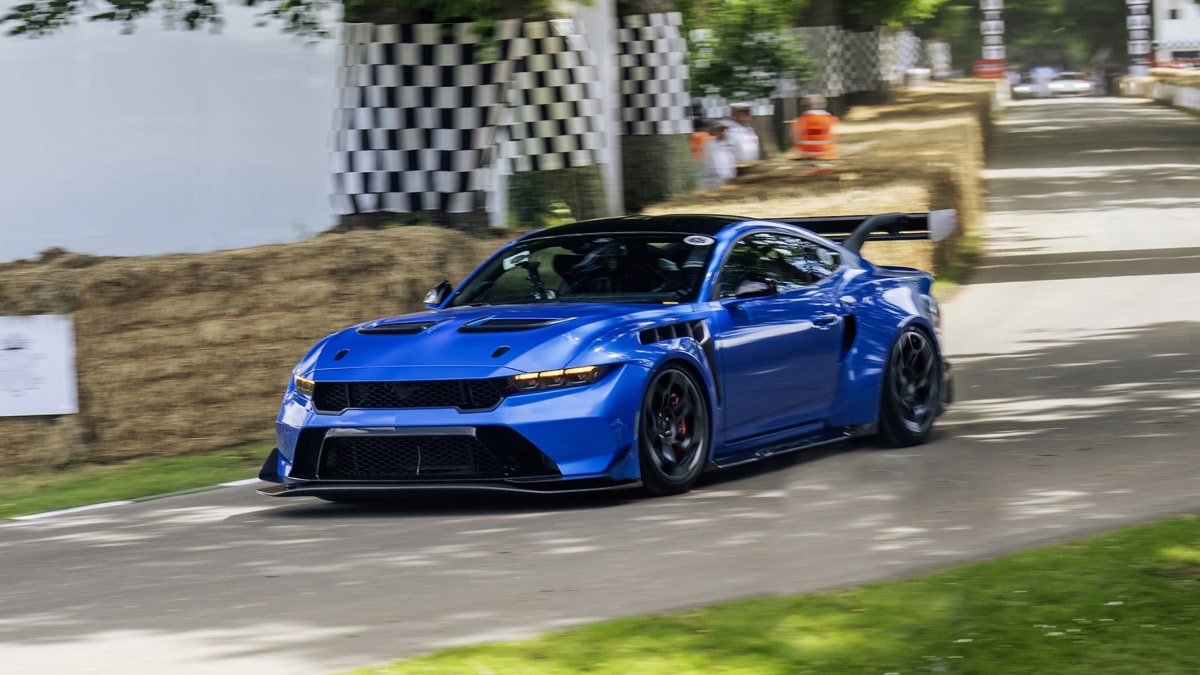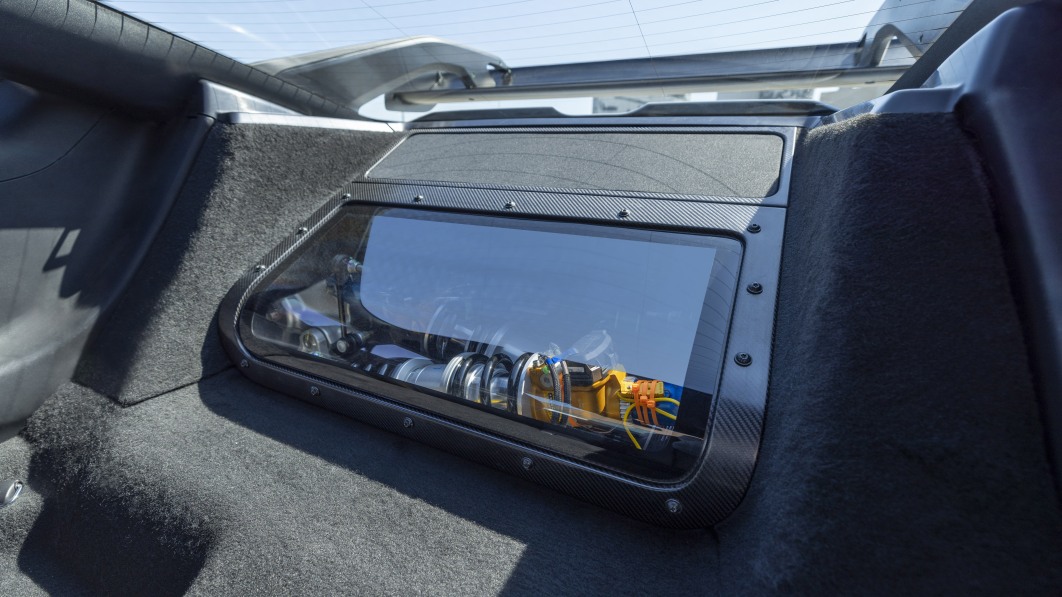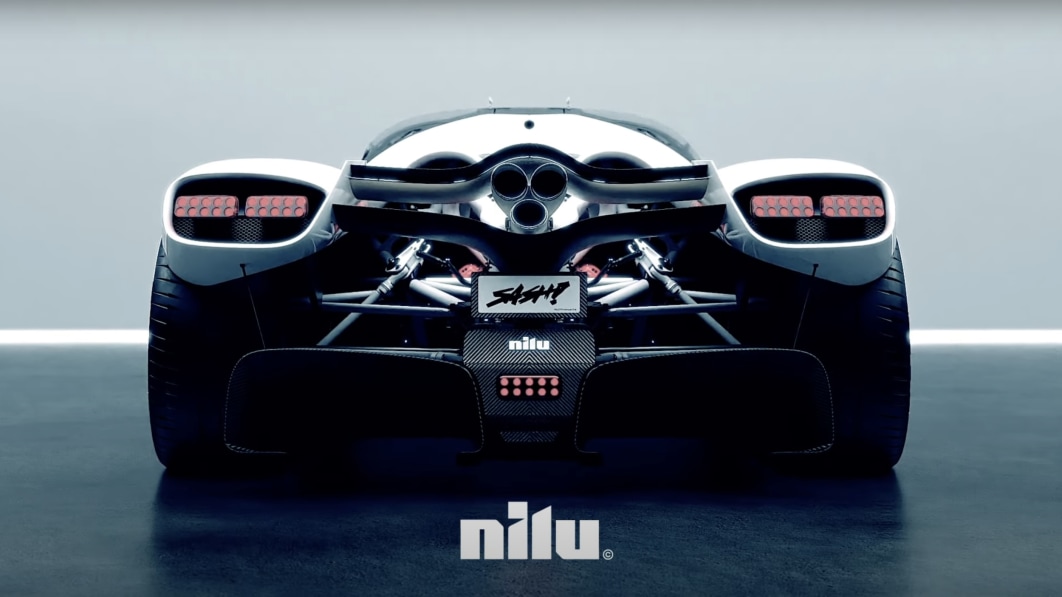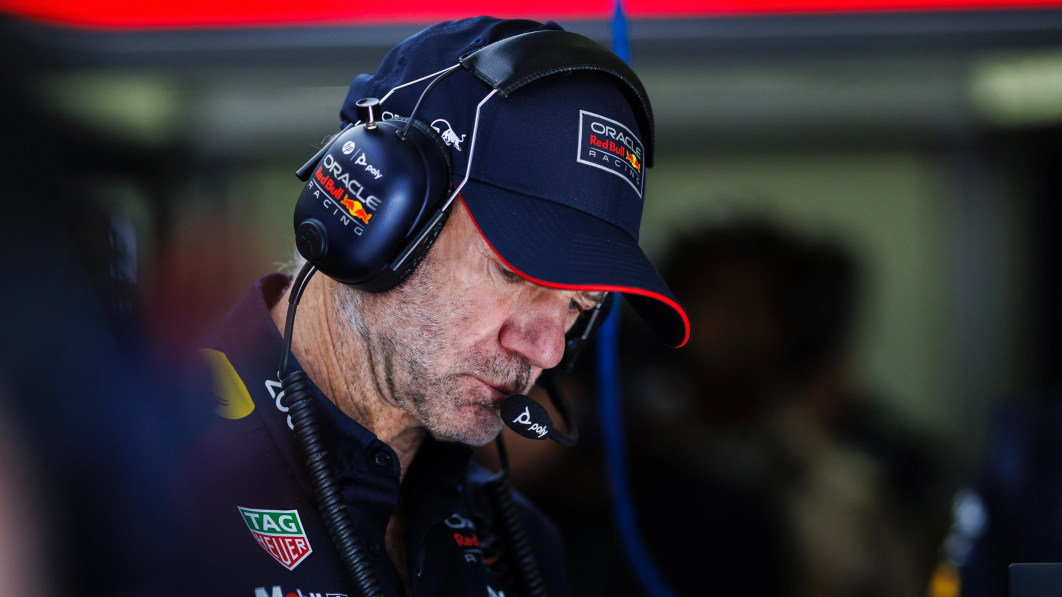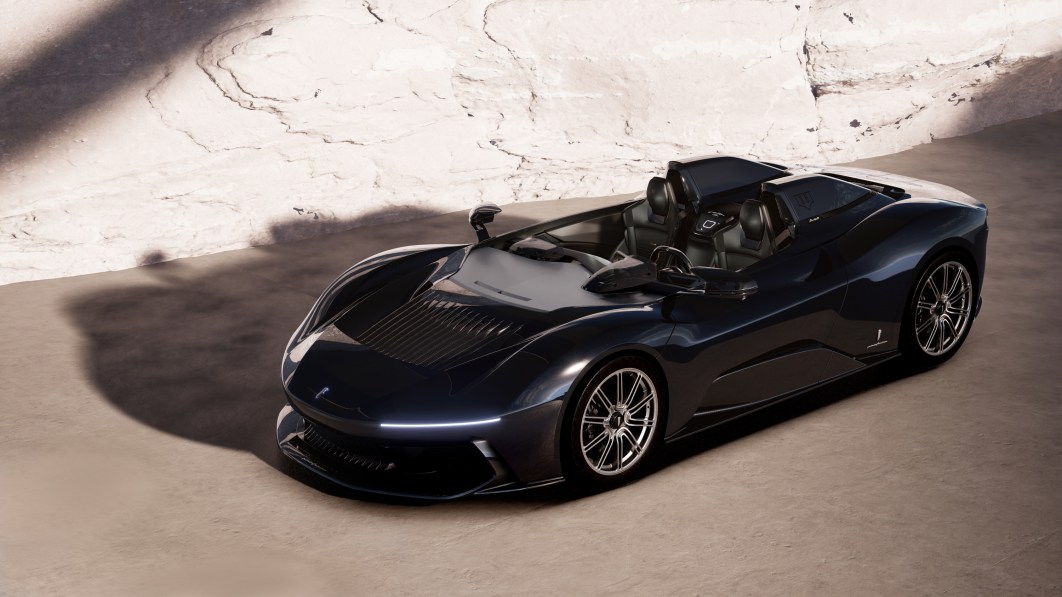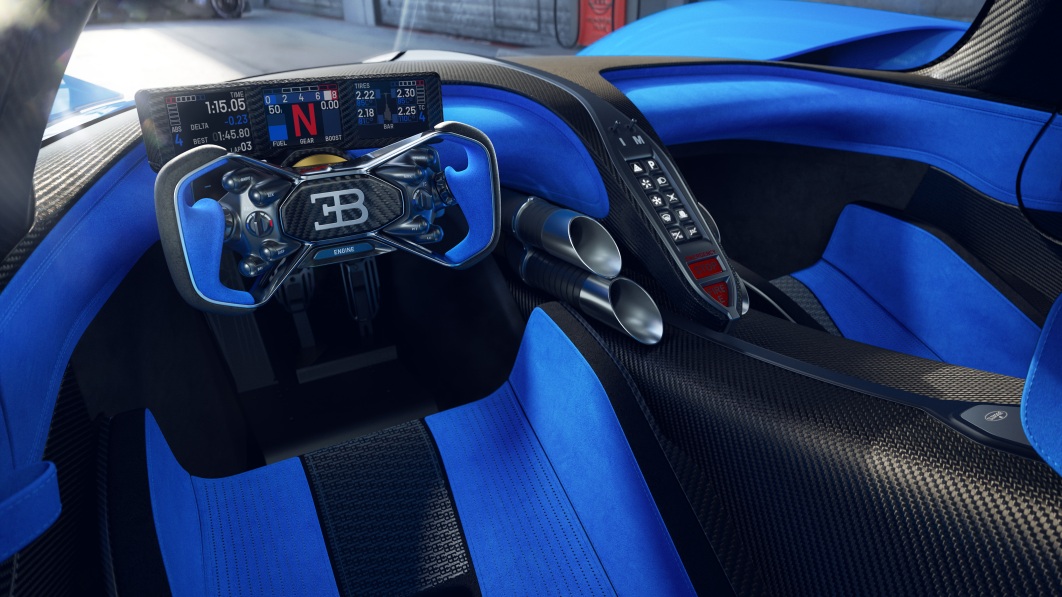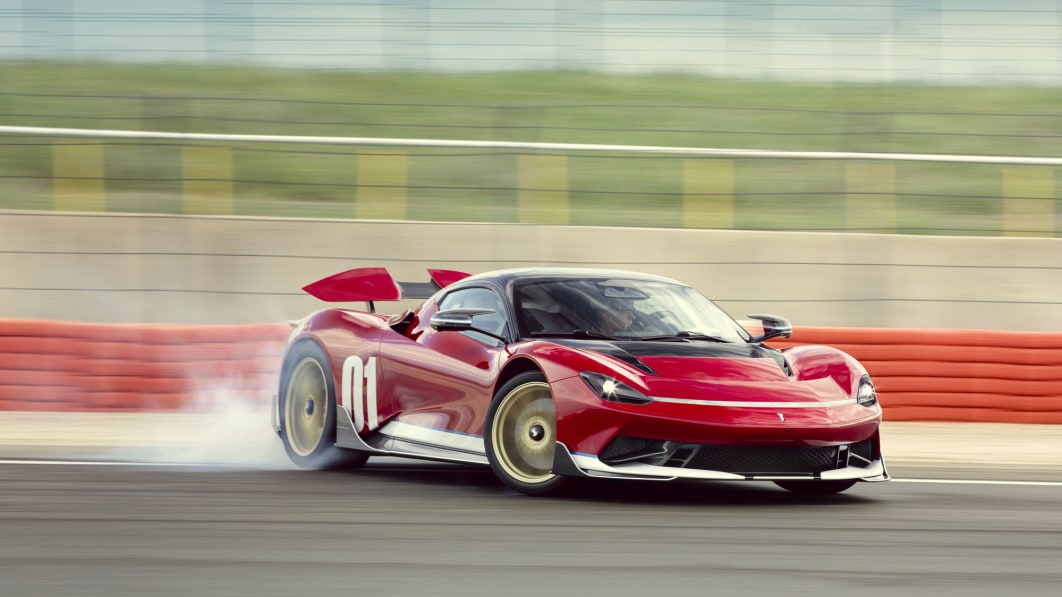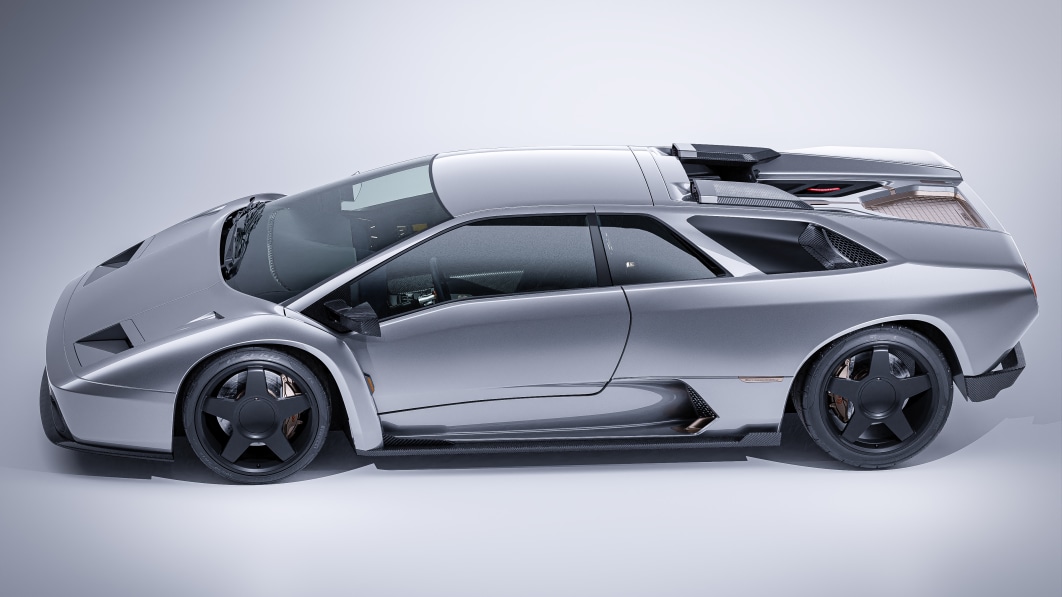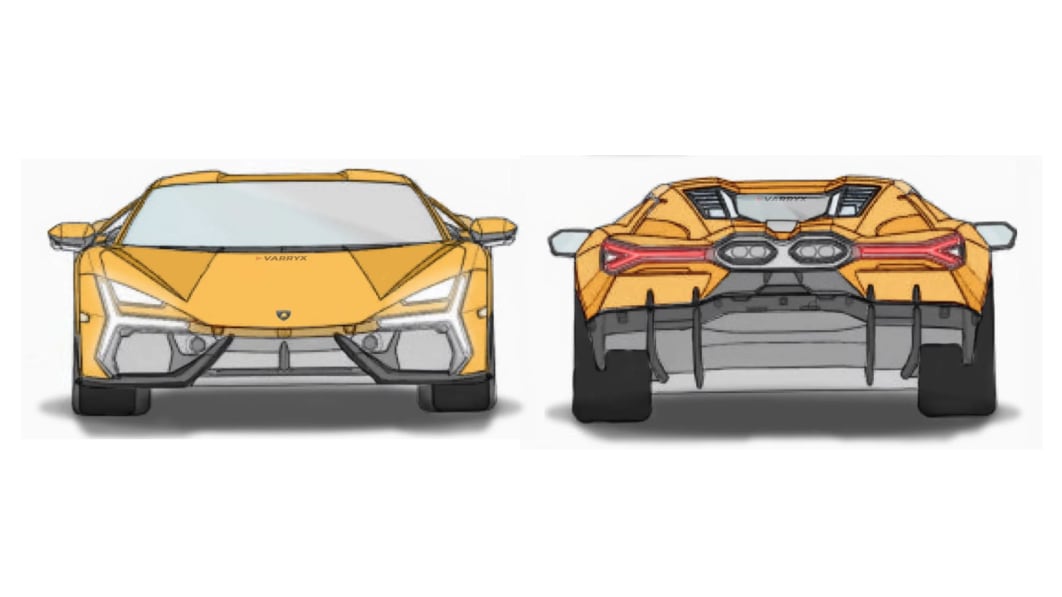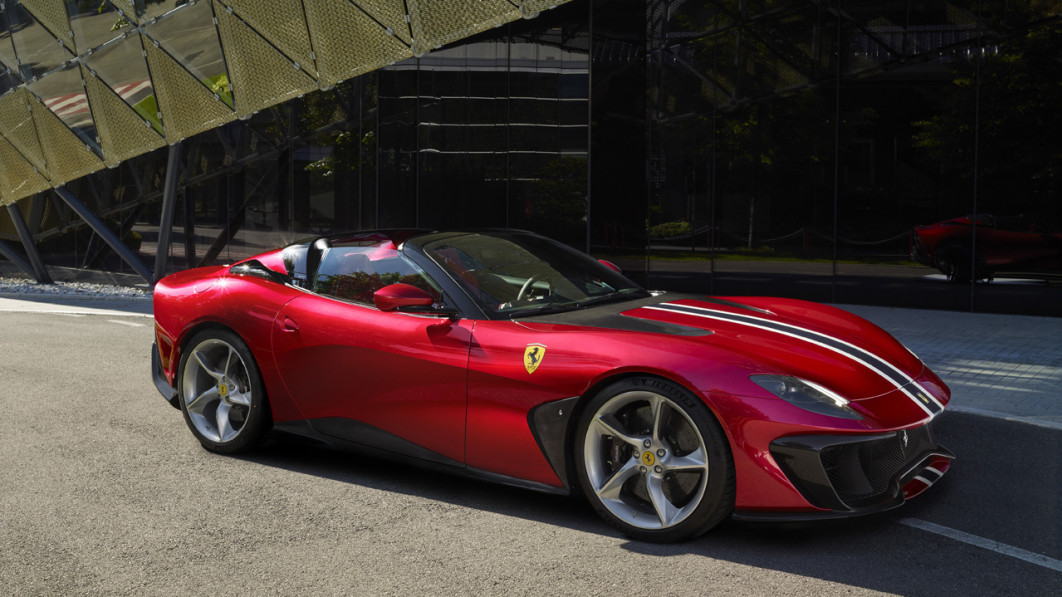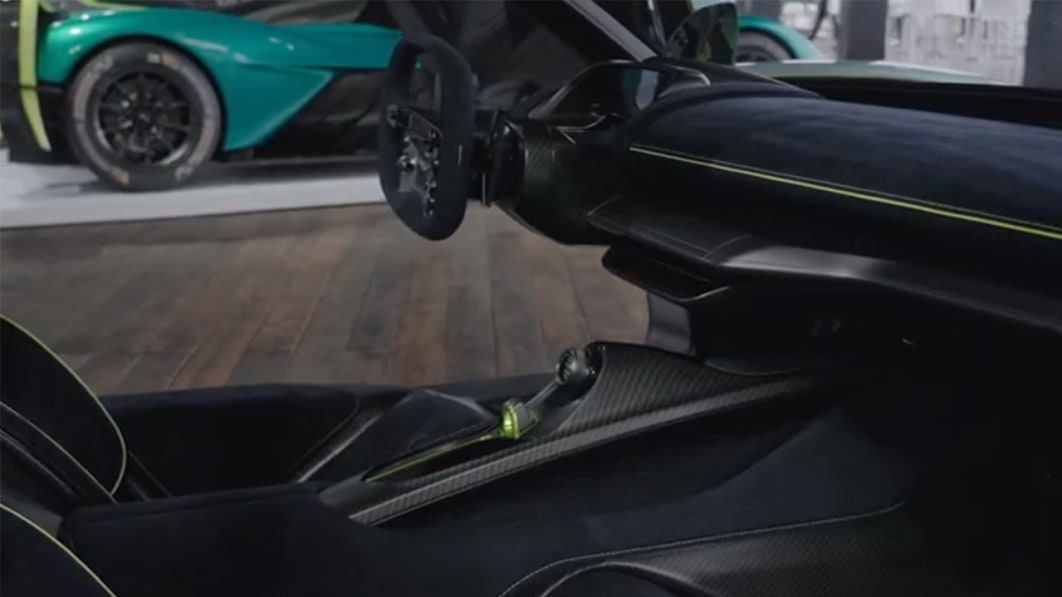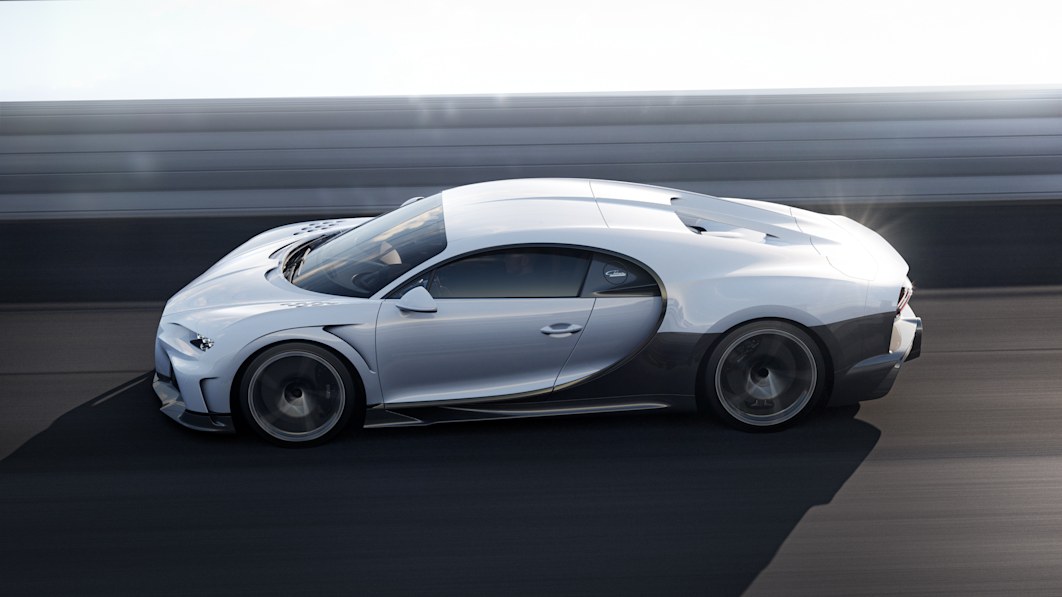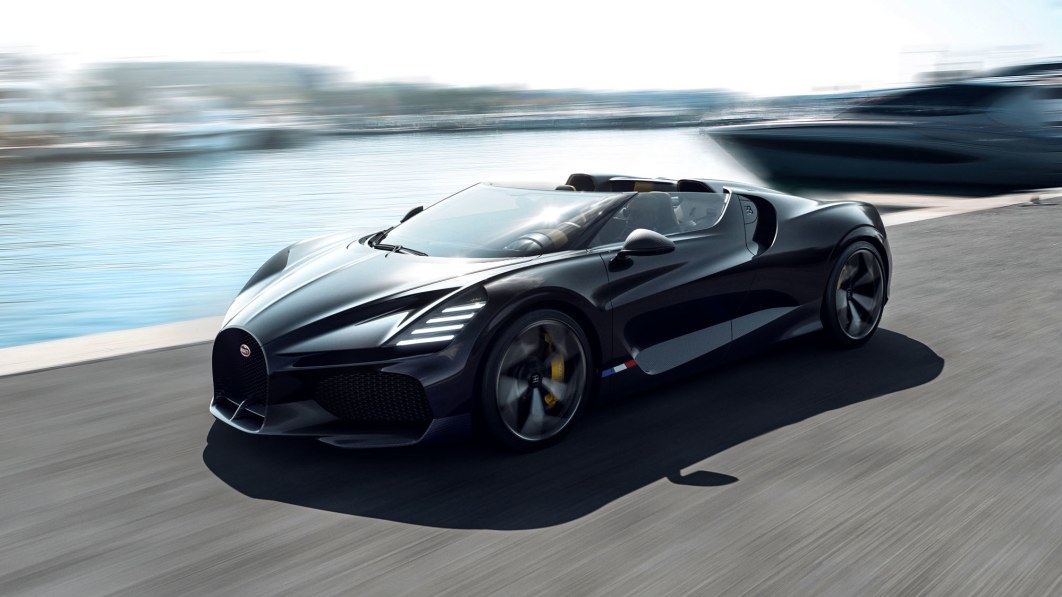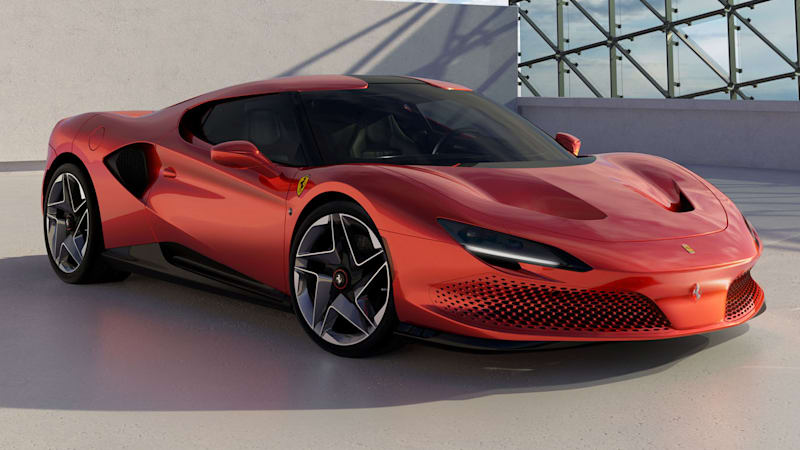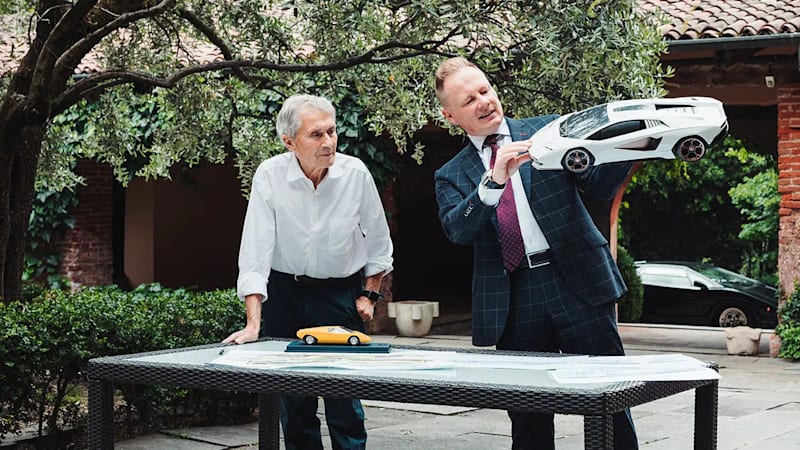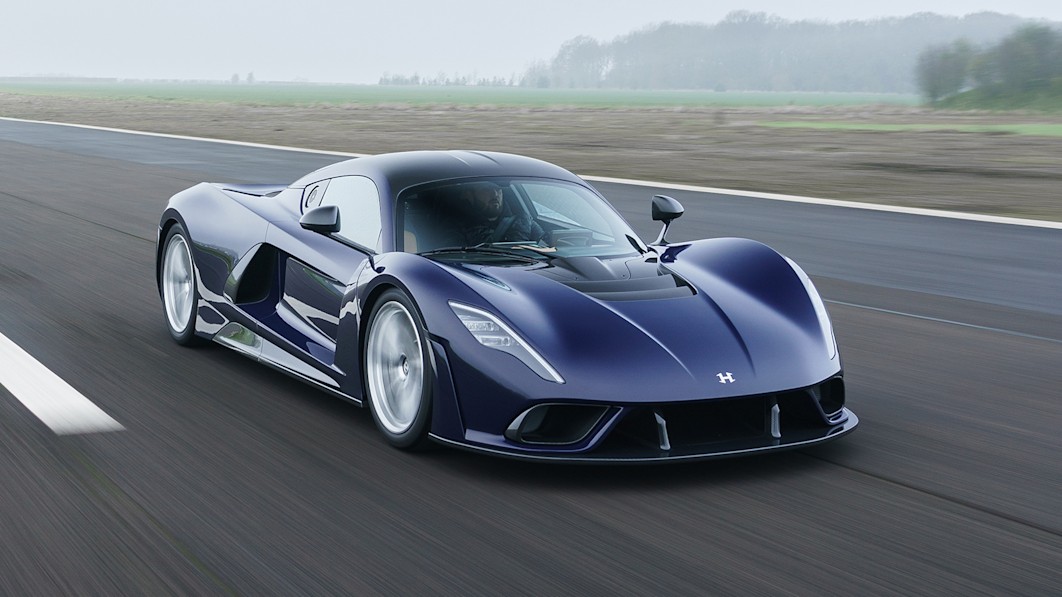Bugatti’s mighty W16 engine will retire in the coming years, but it’s not sailing off into the sunset quietly. It will power one final street-legal car: a roadster named Mistral that stands proud as the first convertible of the Chiron era. Built due to customer demand, the Bugatti Mistral is a striking, limited-edition model that looks ready to add another speed record to the French firm’s trophy case. I sat down with some of the people who created it, including Bugatti design director Achim Anscheidt and head of design Frank Heyl, to get the droptop’s full story.
“For the final road-going appearance of Bugatti’s legendary W16 engine, we knew we had to create a roadster. Well over 40% of all Bugatti vehicles ever created have been open-top in design,” said Bugatti-Rimac CEO Mate Rimac. Heyl added that customers “begged” Bugatti to create a Chiron-derived convertible, and that granting them this wish was a “bucket-list” item for the members of his team.
Power for the Mistral comes from the same 8.0-liter, quad-turbocharged 16-cylinder engine that propelled the Chiron Super Sport 300+ to a record-breaking 304.773 mph in 2019. It’s rated at 1,600 horsepower, and it spins the four wheels via a seven-speed dual-clutch automatic transmission. Bugatti estimates that the Mistral’s top speed will check in at approximately 261 mph (420 kph). Will this number get verified? Hell, yes! “There can only be one goal in mind: to become the fastest roadster in the world once more,” Bugatti pledged in a statement.
While the Mistral is Chiron-based, Bugatti made several important structural changes to offset the inevitable loss of structural rigidity caused by chopping off the roof. Heyl explained that the monocoque’s sills and transmission tunnel were reinforced and that the a- and b-pillar structures are new, though the front crash structure is the same. And, the two models intentionally share no exterior styling cues.
“We had the pressure of creating something that is precious and valuable in a car collector’s garage. It’s not just a fashion statement: ‘Oh, let’s do a roadster!’ Or, even worse, ‘Let’s take a Chiron and just cut it open,’ which would have looked terrible. This burdens us with the responsibility that this is the last of its kind of that generation and how that’s going to sit in those collections,” Anscheidt told Autoblog.
Up front, the Mistral wears a redesigned rendition of Bugatti’s horseshoe grille and headlights with four LED strips (a configuration chosen as a tribute to the four-wheel-drive system and the four turbochargers) while the X-shaped lights characterize the rear end. There’s a lot more to the design than initially meets the eye, however. Heyl explained that his team added air curtains behind the headlights, for example. And, they separated the intakes that feed air into the engine from those that feed air into the oil coolers to avoid making the Mistral too wide. The former are now right above the front passengers, while the latter remain on the quarter panels. This setup brings a few unexpected benefits.
“The driver hears the air intake system and the turbo blow-off valves, and it’s very nice stylistically; it reminds us of the Vitesse,” Heyl said.
Interior designers kept the Chiron’s basic layout with a handful of exceptions such as new, more ergonomic seats. Check out the gear selector, too: It’s made of wood and features an amber insert with a replica of Rembrandt Bugatti’s “dancing elephant” sculpture. Bugatti told me this part is “just a proposal for the show car,” though it added that it will find a way to bring it to production if customers request it.
What if it rains? Act fast; The Mistral will come with what Anscheidt described as an “emergency roof” but it will not feature a fixed top.
Bugatti will cap Mistral production at 99 units, though it will build an additional car for testing purposes. Pricing is set at €5 million before taxes and options are factored in (about $5 million at the current conversion rate) and the entire production run is already spoken for. And, while many hypercars are only street-legal via loopholes, Bugatti went to significant lengths to fully homologate the Mistral around the world.
Is the Mistral the end of the W16? Sort of. It’s the last W16-powered street-legal car, Anscheidt explained that ever-stricter regulations are escorting the big engine off the stage, but the engine will also power the limited-edition Bolide that was developed exclusively for track use.
“To be honest, I can do all of the design talking that I want, but if we didn’t have the W16 engine [these cars] would not be worth half the money,” Anscheidt said. “The W16 is the ultimate [unique selling proposition] for the modern-day Bugatti brand, from 2005 to today. It means something to us. [The Mistral] is a tribute to this engine, and now we go on to the next generation and think about something else,”
Related Video

